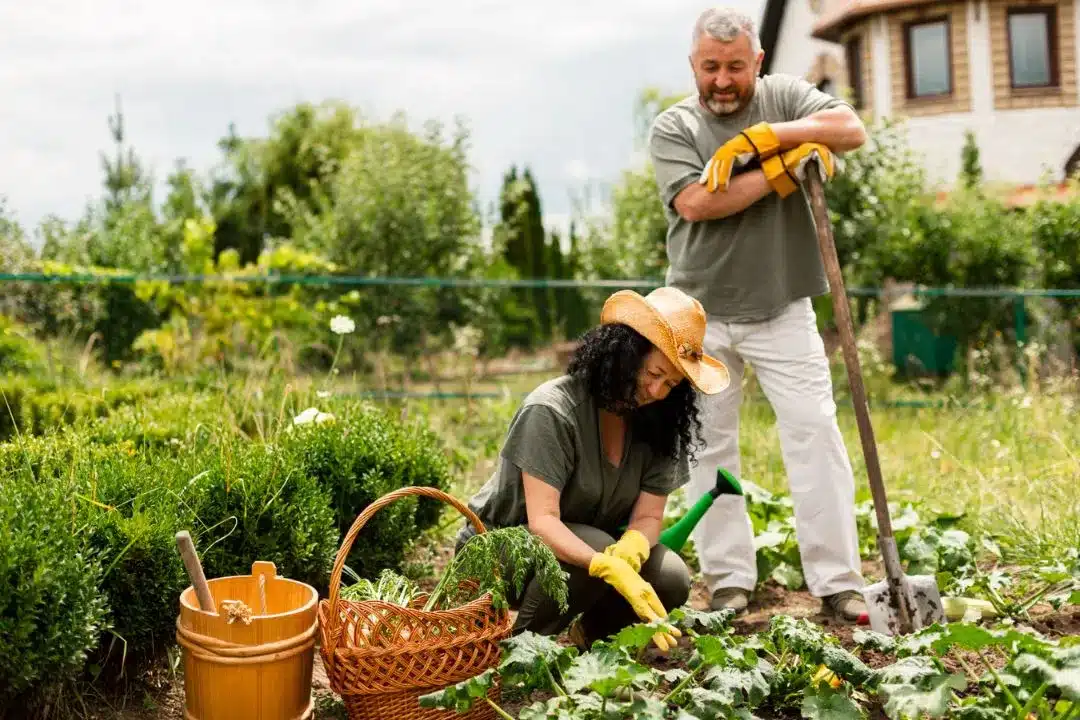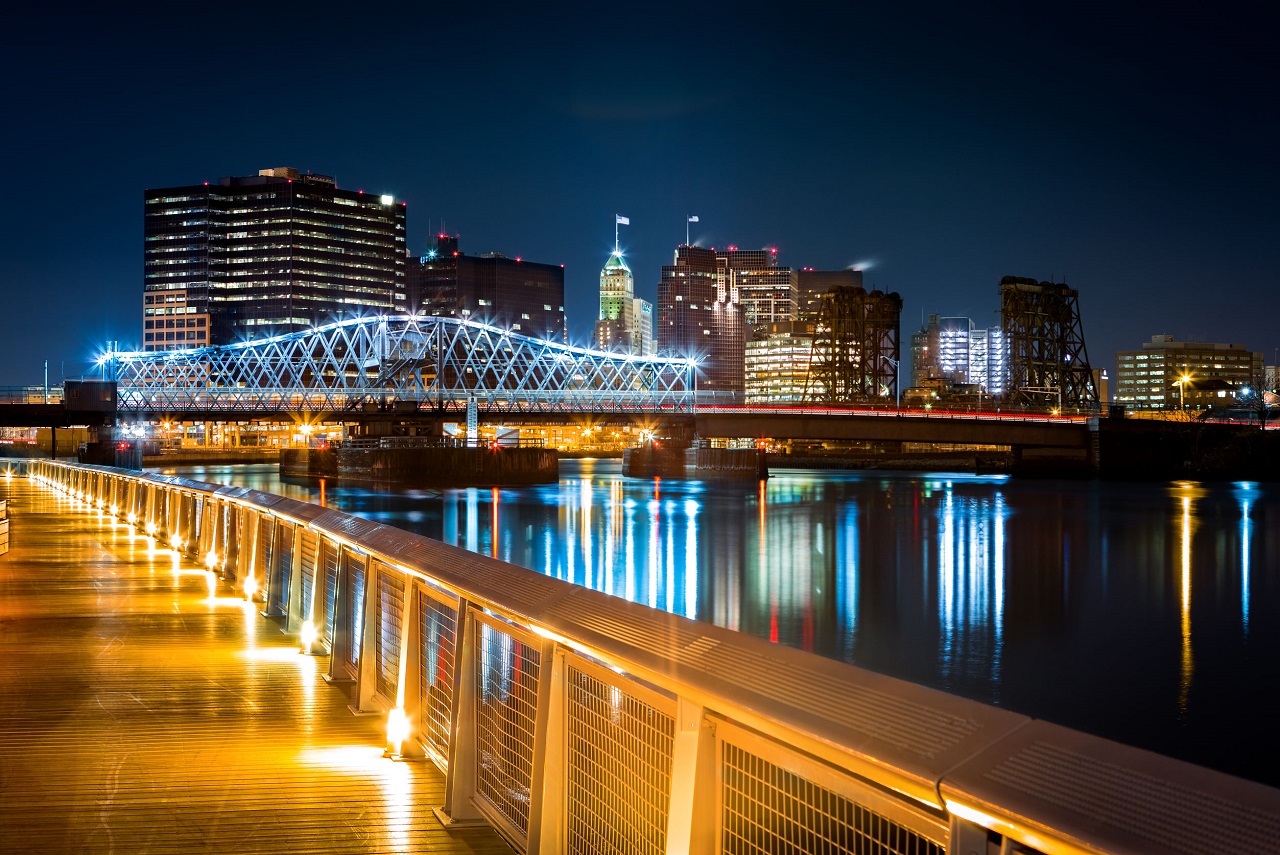Modern, active older adults seeking a home that suits their lifestyle prioritize the environment when choosing their community. People reaching retirement age now grew up appreciating how their choices affect the earth’s natural resources, the wildlife, and the people who inhabit it. Sustainability and conservation are benefits seniors look for when investing in a new home. As age-restricted communities become increasingly popular, they focus on the environmental benefits they offer their residents. Many developments understand that reducing carbon footprints is as essential as creating a space that fosters a strong sense of community. Here are some ways buying a new home can help you contribute to the environment’s welfare.
Reduced Carbon Footprint: A Step Towards Sustainability
One of the most significant advantages of living in a senior community is how downsizing reduces your carbon footprint. Traditional family homes contribute a substantial amount of greenhouse gases, with residential energy use making up around 20% of emissions in the U.S. However, 55+ communities focus on minimizing their environmental impact by incorporating energy-efficient designs and using sustainable practices such as solar energy, water conservation systems, and eco-friendly building materials.
For seniors, this means a lower environmental impact while living in comfort. Moreover, smaller and more energy-efficient homes result in lower energy bills. Added benefits include a community pool and clubhouse that saves both on the need to maintain a private pool and drive to the gym.
Access to Green Spaces: Nature at Your Doorstep

Another key benefit of moving into a planned community is access to landscapes suited to the location. Studies show that spending time in nature significantly improves mental health and overall well-being. For active older adults, walking paths through maintained landscaping make early morning runs through the neighborhood or afternoon visits to the community dog park more pleasant.
Community gardens designed explicitly for retirees who want to nurture their green thumbs without the hassle of maintaining a yard incorporate elements such as raised beds, ergonomic spigots, and potting benches that won’t hurt your back.
Fostering a Strong Sense of Community: Combating Loneliness
Social connection is one of the most important aspects of healthy aging. Unfortunately, loneliness is a growing concern among seniors, especially those who live independently. Green senior living communities prioritize creating opportunities for residents to engage with one another and form strong bonds over shared values.
Sustainability and environmental awareness are central themes in these communities, which can foster a strong sense of belonging and camaraderie. Activities like communal gardening projects, environmental workshops, and social events give residents plenty of chances to connect, build friendships, and participate in a lively, welcoming environment.
Health and Wellness Benefits: A Holistic Approach to Well-Being
Living in a green community isn’t just about environmental benefits—it’s about personal wellness, too. These communities are designed to encourage active lifestyles, with amenities like walking trails, fitness centers, and green spaces for outdoor exercise. Physical activity prevents health issues like heart disease, obesity, and mobility decline.
Moreover, the positive psychological effects of living in a sustainable environment cannot be overlooked. Being surrounded by nature, fresh air, and green spaces has been proven to lower stress levels, enhance mental clarity, and improve sleep. Seniors who embrace green communities experience a higher quality of life, reduced anxiety, and improved emotional health.
Financial Savings: Save Money While Saving the Planet

While the initial cost of moving into a green senior community may be higher than a traditional one, the long-term savings are substantial. Many green communities feature energy-efficient buildings, appliances, and systems that reduce utility costs. Solar panels, rainwater harvesting systems, and LED lighting are examples of sustainable practices that can lower monthly bills.
Additionally, these communities often offer maintenance-free living options. Due to sustainable building materials, there is less demand for repairs and upkeep, so residents can save on repair costs and have more time to enjoy their retirement. Reduced energy bills and low maintenance costs can lead to significant financial savings.
Environmental Impact: Contributing to a Greener Future
By living in a green senior community, you’re making a positive contribution to the environment. These communities often incorporate sustainable landscaping, use native plants, and encourage waste reduction through composting and recycling programs. By embracing sustainable living, seniors in these communities reduce their environmental footprint and contribute to the larger goal of preserving the planet for future generations.
Moreover, green communities are often where local ecosystems can thrive, ensuring that residents are part of a more significant effort to maintain biodiversity and protect natural habitats.
Enhanced Property Value: A Smart Investment
Sustainable communities are becoming more desirable as buyers and renters prioritize environmental responsibility. Due to their energy efficiency and eco-friendly features, green properties tend to have higher resale values. When it’s time to sell or relocate, seniors can benefit from the increased value of their homes. Additionally, these communities attract buyers looking for homes that align with their values, making the transition easier and more profitable.
A More Comfortable Lifestyle: Sustainable Comfort at Its Best
Green senior living communities provide more than just environmental benefits—they also offer a higher comfort level. Many of these communities integrate modern design with eco-friendly innovations, creating comfortable, stylish, and functional spaces. From energy-efficient air conditioning systems to high-quality insulation, these homes are built to provide year-round comfort while minimizing environmental impact.
The attention to detail in sustainable design also extends to indoor air quality. Many green communities incorporate non-toxic building materials and improved ventilation systems, allowing residents to enjoy a healthier living environment with cleaner air and fewer allergens.
Conclusion: A Green Future for Senior Living
In today’s world, sustainability is not just a trend; it’s a lifestyle choice. Green senior living communities offer many benefits beyond environmental responsibility. They support personal health, financial well-being, and a strong sense of community. Seniors can enjoy a fulfilling, healthy, and environmentally conscious lifestyle by choosing a green community while positively impacting the planet.
If you or a loved one are considering moving to a senior living community, exploring green options might be the perfect choice. Doing so will make you invest in your well-being and contribute to a brighter, greener future.




